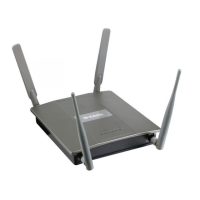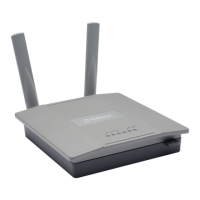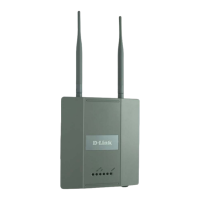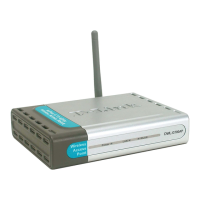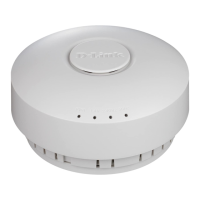Virtual Router Redundancy Protocol (VRRP)
D-Link Unified Wired and Wireless Access System
Oct. 2015 Page 324
D-Link UWS User Manual
Virtual Router Redundancy Protocol (VRRP)
The Virtual Router Redundancy protocol is designed to handle default router failures by providing a scheme
to dynamically elect a backup router. The driving force was to minimize “black hole” periods due to the failure
of the default gateway router during which all traffic directed towards it is lost until the failure is detected.
Though static configuration of default routes is popular, such an approach is susceptible to a single point of
failure when the default router fails. VRRP advocates the concept of a “virtual router” associated with one or
more IP Addresses that serve as default gateways. In the event that the VRRP Router controlling these IP
Addresses (formally known as the Master) fails, the group of IP Addresses and the default forwarding role is
taken over by a Backup VRRP Router.
VRRP Configuration
Use the VRRP Configuration page to enable or disable the administrative status of a virtual router.
To display the page, click LAN > L3 Features > VRRP > VRRP Configuration in the navigation tree.
Figure 210: VRRP Configuration
• If you change the administrative mode, click Submit to apply the changes to the system.
Table 191: VRRP Configuration
Field Description
Admin Mode This sets the administrative status of VRRP in the router to active or inactive.
Select Enable or Disable from the dropdown menu. The default is Disable.

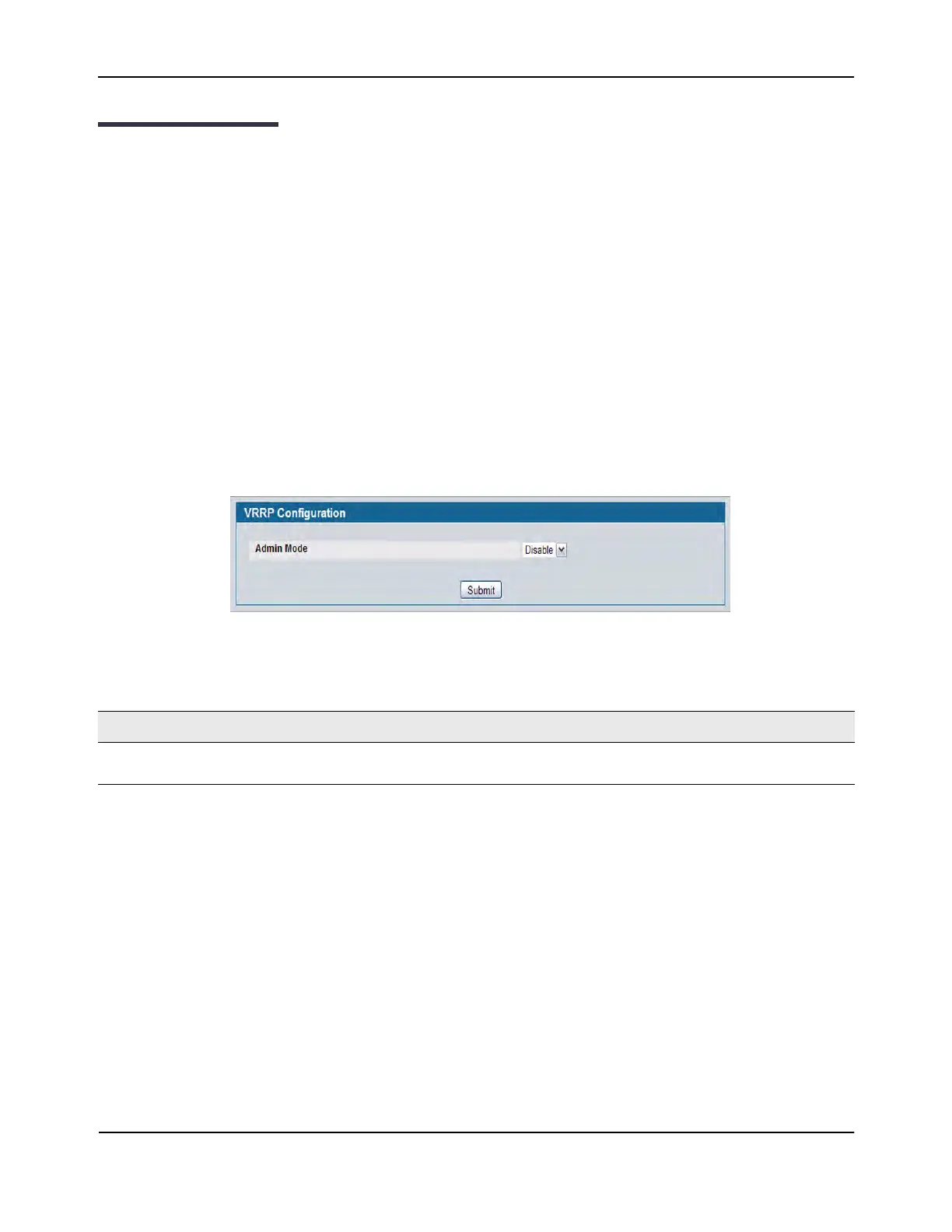